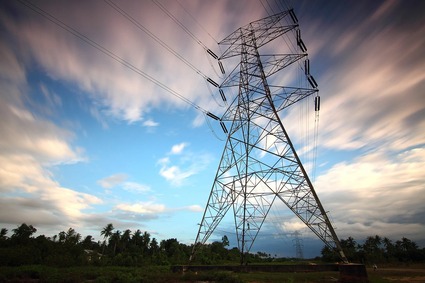Inexpensive, carbon-free energy for over thirty years is rightfully intriguing: your business gets some solar panels on the roof and voilà, you’re swimming in green energy! Unfortunately, it’s not quite that easy.
The energy collected by solar panels doesn’t magically turn on the lights. That energy must be connected to the building’s electrical load, which requires special equipment and space considerations. Additionally, though battery systems are becoming increasingly viable, most solar installations do not have an energy storage component. Therefore, we’ll focus here on grid-tied PV systems. Connecting your solar array to the grid means tying the PV conductors to your existing electrical infrastructure.
There are two types of grid interconnection methods:
- Line-side interconnections consist of connecting the solar on the utility side of your facility’s primary electrical panel or switchboard. While utilities typically have stricter rules for line-side interconnections and may require equipment replacement, such as the Current Transformer (CT) cabinet, the possible array size is maximized and can theoretically offset the entire facility’s energy demand.
- Load-side interconnections are usually at the main electrical panel or switchgear and are oftentimes less disruptive to install and merely require adding a breaker at the end of the panel. The caveat, however, is a limitation on array size. An electrical panel or switchgear is only rated to accept a limited amount of current. Because current will be supplied by both the utility and the solar array, we must ensure the sum of current doesn’t exceed the panel rating.
Next, if a solar array is large enough to require multiple inverters, the output conductors at some point must be combined into one using a combiner panel. Whenever possible, the combiner panel will be mounted on the roof, however it may need to be installed in the facility’s electrical room or elsewhere.
Lastly, conductors must be run from the roof down to the interconnection point. One option is to run conduit down an outside wall; however, this can be unsightly, especially for a commercial space or apartment building. Ideally there exists a closet or other space internally that conduit can be run, hidden from sight.
SunPeak conducts a full site assessment very early in the project design phase, which includes evaluating and recommending possible locations for this equipment. Our team also makes recommendations at this time for other incidental hardware such as overcurrent protection. By engaging on equipment location early in the design process, we can minimize the impact of this additional hardware required in the electrical room and elsewhere.
